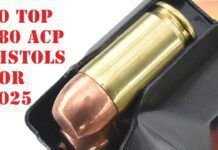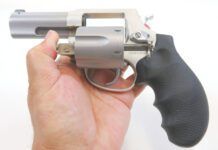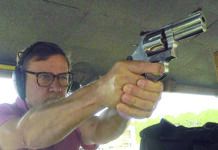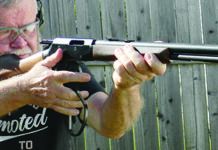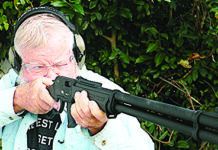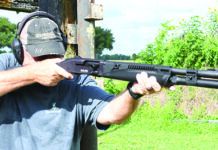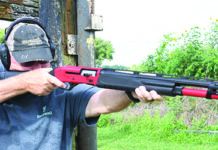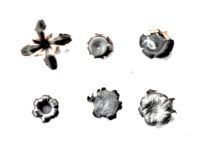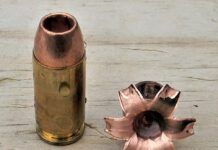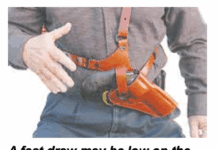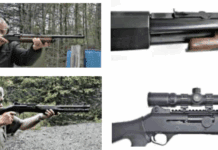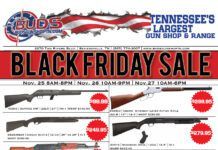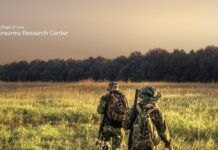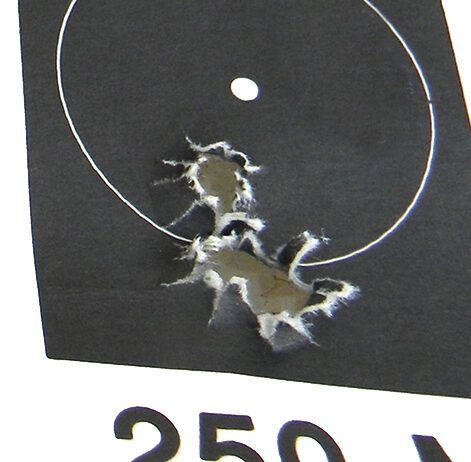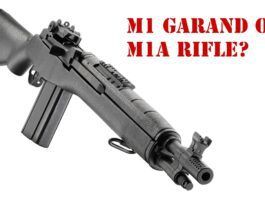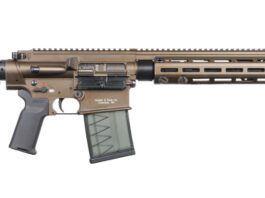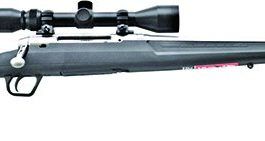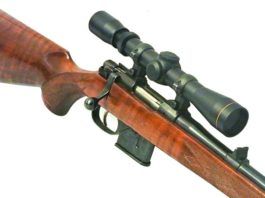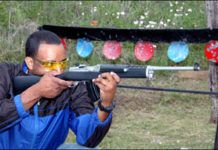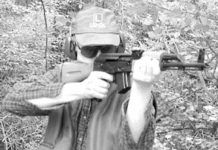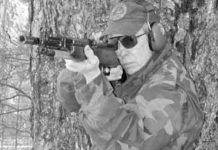7.62x39mm Semiautos: Three Alternatives to the AR-15 Rifle
We Try a Trio of 7.62mm Russian Rifles: Arsenal USA Wins The Day
Despite its being the most prolific rifle in history, Mikhail Kalashnikov's AK-47 is still being manufactured in a vast variety of offerings at locations all over the world. One of those locations is Houston, Texas, where the Arsenal USA Co. assembles AKs using parts from Hungary and some made in Houston. We got one of that company's rifles for a recent test, pitting the hybrid U.S./foreign product against an imported wire-stocked Romanian-made rifle from Southern Ohio Gun. To complete the group of 7.62mm Russian rifles, we got a VZ 2000 from Ohio Ordnance Works. The VZ-2000 can be mistaken for an AK-47 look-alike, but is actually a close semiauto copy of the Czech Model 58.
All of these semiautomatic rifles fired the .30 Russian Short, which the 7.62x39 is sometimes called. We've recently noticed bargain-priced surplus rifles in odd calibers, but two boxes of ammunition can cost as much as the rifle. Not so the .30 Russian Short. We found 7.62x39 ammo to be plentiful and generally not very expensive. If you want to have fun with your AK, it's nice to know the fodder won't break the bank.
More SKS Rifles! Albanian and Yugoslavian Imports Slug It Out
The SKS is a homely brute, and many of its simple mechanisms are largely outdated by today's weapons' standards. But it works. It, like so many rifles based on the tapered 7.62 x 39 round, catches the cartridges that its two-piece bolt strips out of that fixed, ten-shot magazine with great ease. It fires them reliably and slings out the empties like an outraged matron encountering last week's garbage. The accuracy isn't generally good enough to be called that, unless you've got a lucky specimen on your hands. On average, they seem to shoot M1-Carbine-size groups. They'll put most of their shots into a four- or five-inch circle at a hundred yards, and that's plenty good enough for their intended job. But you'd never write home to mama about how attractive a rifle an SKS is.
7.62 x 39mm Field Rifles: Tough To Find, But Worth The Effort
These days one hears of the 7.62 x 39, also known as the .30 Russian Short or the Soviet M43, as commonly as one used to hear of the .30-30 a few decades ago. Even in out-of-the-way locales, the short Russian thirty pops up, and plays a major role in survival batteries and in hunting camps. Gun shops regularly stock ammunition for it, often at near-give-away prices. There are several good rifles made in the U.S. today for this cartridge, but the very inexpensive surplus semiauto rifles imported from China in stupendous quantities have started to dry up. A few years ago, they commonly sold for under $100. Today they bring about twice that. When they first appeared, they were new, fairly good guns, and there were so many of them that a significant aftermarket of stocks, scope mounts, high-capacity magazines, and other add-on parts appeared on the gunny scene, and many if not most of those parts are still available, if not everywhere still legal. Occasionally seen were the somewhat higher- quality Russian versions, complete with bayonet.
Along with the SKS types, the AK-47 clones in semiauto version also appeared, carrying names like MAC-90 and PolyTech Legend. There were, and still are in some areas, many rifles available for the Russian short thirty for not a lot of money. The proliferation of the cartridge and guns to shoot it made this generation of U.S. shooters very much aware of the cartridge, its potential and limitations. Many still wonder, however, about the 7.62 x 39. How good are the best pre-ban clones of the AK? Is the SKS, in any of its many variants, a good rifle? Are they reliable? How well do they shoot? And what about modern semiautomatic rifles chambered for this cartridge?
We thought it would be interesting to test some of the finest military-type versions of this cartridge alongside one of today's modern U.S. offerings, to give the reader some idea of where the cartridge came from and just how good the rifles are.
Tested: A Trio of Big-Game Busters in .375 H&H Magnum
Ruger's Magnum takes the cake as a dangerous-game gun, and we also like Sako's 75 Hunter. Pass on the Winchester Model 70 Safari Express.


